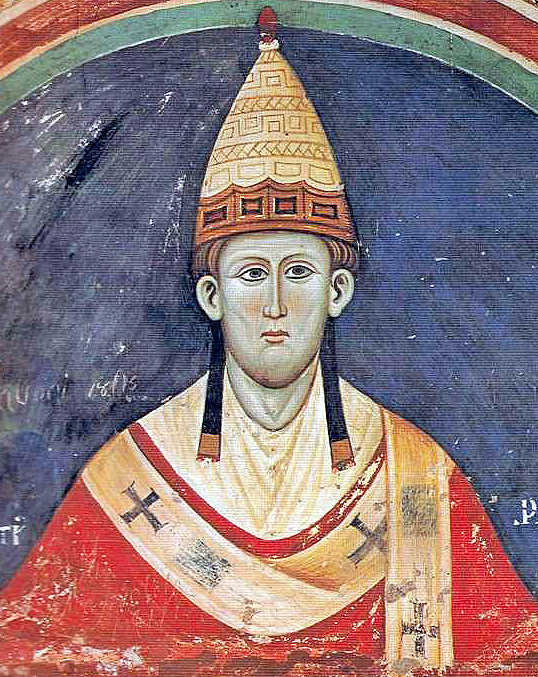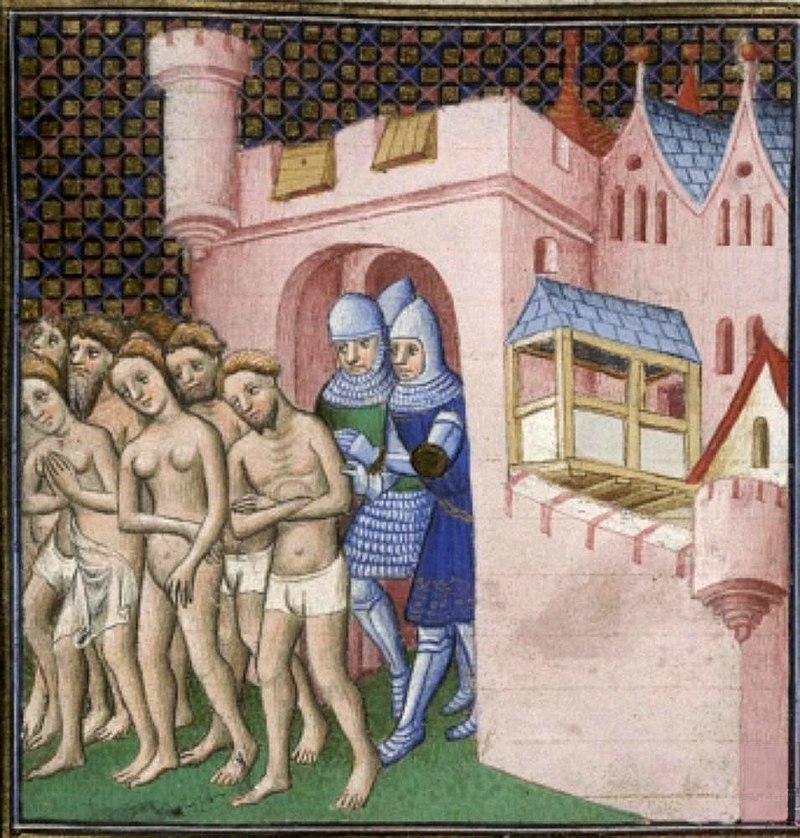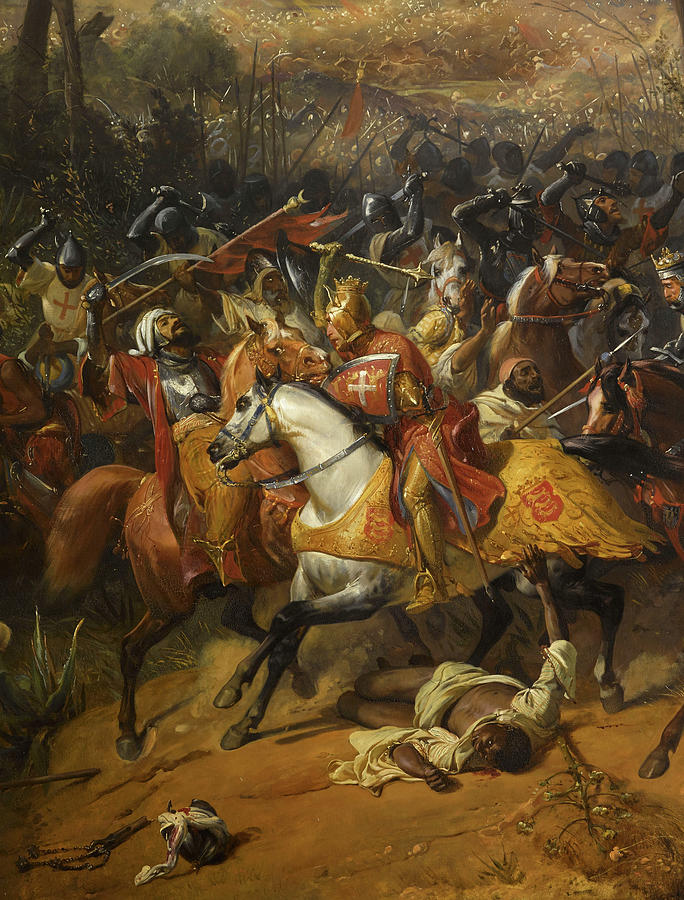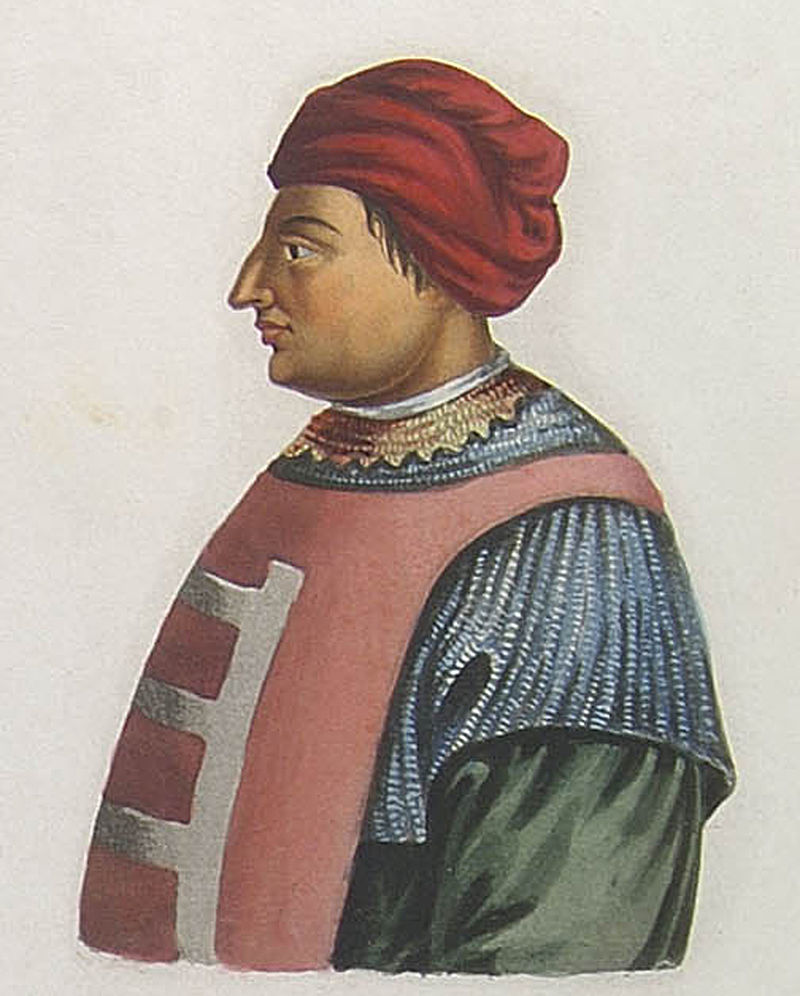
A lot of people debate how pious and Christian the medieval knights really were. While it definitely differs from one individual to another, plenty of them were genuinely pious. Simon de Montfort was definitely one of really pious Christians. How do we know? I give good example.. 



We know that before the battle of Muret on 12 September on 1213, since 10 September, two days before, Simon de Montfort spent considerable time in various churches either getting a blessing, making his will, giving his confession, making vows, or commending himself to God! 

Here is a list of what pious deeds he did! 10 September: prayer and commendation to the monks of Boulbonne. 11 September: confession and drawing of a will at Saverdun. Heard mass at Saverdun. Prayer at a church, probably at Lagardelle on the way to Muret. 



12 September: early morning mass at Muret, probably in the church of Saint James. Heard part of another mass at Muret in the citadel of the castle. More prayer at the altar in the castle church. This shows seven different instances of church attendance in less
than three days!

than three days!


Source: Laurence W. Marvin, The Occitan War: A Military and Political History of the Albigensian Crusade.
• • •
Missing some Tweet in this thread? You can try to
force a refresh
































